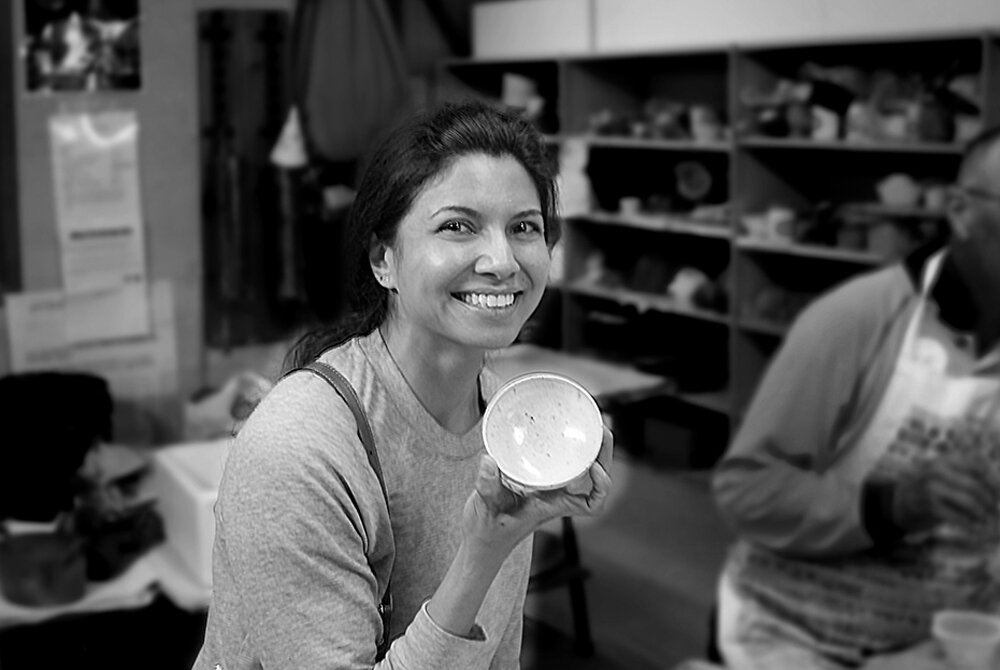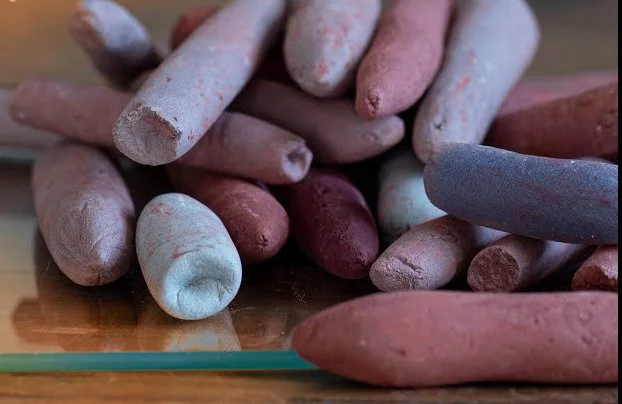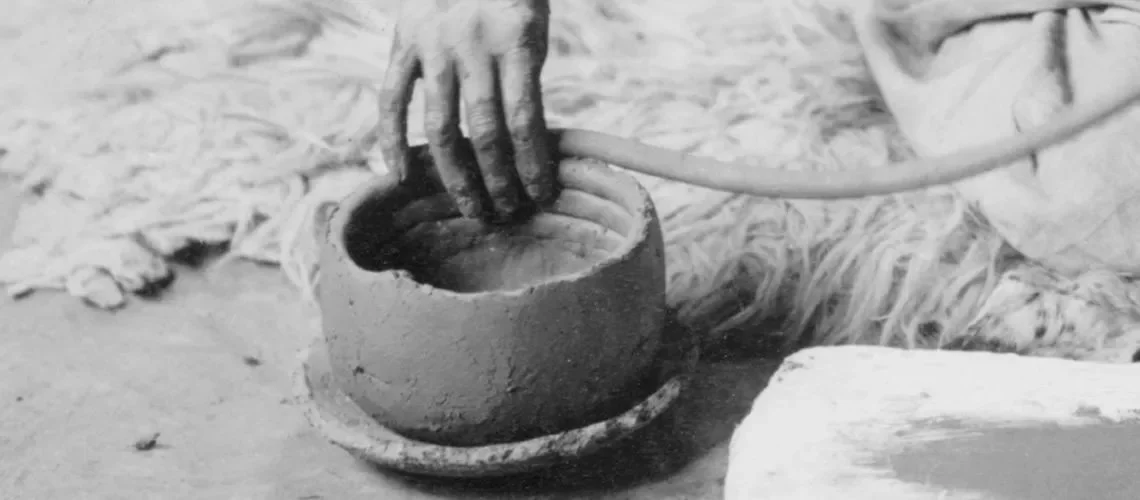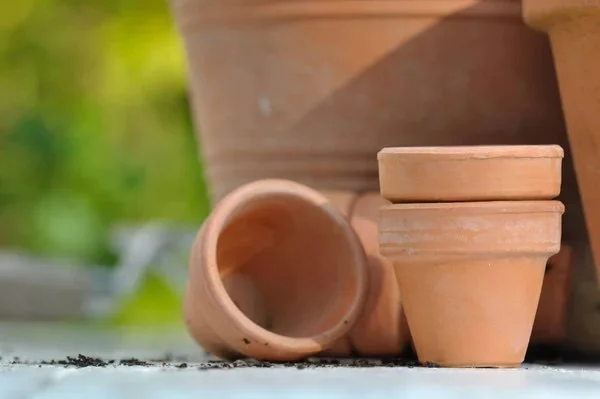
tips
Type in a keyword for what you would like to find :
The Sawdust Firing Method
Sawdust firing is another type of pit fire and is dead simple as it lends itself to firing in an urban area [not much smoke, no high flames]. You will need a metal garbage can for this process and a quantity of clean, dry sawdust.
How to Pit Fire
People have been creating pottery for millennia and only more recently have kilns become popular. Here are a couple of ways to pit fire your pots at home. It is worth noting to take care when firing and do so in a cleared area away from buildings. It is also advisable to have some water, either a hose or a bucket to extinguish any fires that get out of hand.…
How to Make an Underglaze Pencil
To make underglaze pencils and pastels, use a porcelain-type slip with 50 percent white firing ball clay or plastic kaolin. For dry strength in the green state, 3 percent macaloid or 5 percent bentonite should be added…
Downward Pressure in Coil Building
When coil building, joining coils downwards by pinching and smoothing them into the previous layer is a crucial technique. This downward technique, often referred to as "bonding pinch," creates a strong and seamless connection between the coils, preventing cracking and ensuring structural integrity.
Compression
To prevent cracks in pottery, especially those dreaded "S-cracks," compression is key. Compressing the clay, particularly the bottom and walls, helps align the clay particles, reduce water absorption, and minimize stress during drying.
What is Sgraffito?
Sgraffito is an artistic technique, often used in pottery, where a surface is decorated by scratching through the top layer of a coating like slip or underglaze, to reveal a contrasting colour or texture underneath. This usually occurs when the pottery is leather hard.
Cone 6 versus Cone 06
Cone 6 and Cone 06 represent vastly different firing temperatures in ceramics. Cone 6, a mid-fire temperature, reaches around 1222°C, while Cone 06, a low-fire temperature, is around 1000°C, a difference of about 200 degrees
What is Wild Clay?
Wild Clay is clay that has been sourced from the environment and not produced by a clay production company. It can consist of all manner of materials and matter and requires a lot of…
What is MidFire?
MidFire is a kiln firing range that uses clay designed to mimic stoneware at a lower temperature – this saves around 30% in firing costs!
What is Terracotta?
Terracotta, also known as terra cotta or terra-cotta (from the Latin terra cocta 'cooked earth'), is a clay-based non-vitreous ceramic usually fired at relatively low temperatures…
How Long Does It Really Take To Make a Mug
If you’ve ever wondered how much to charge for selling a ceramic piece that you have made, have a look at this short instagram to put it in perspective.
What is Kurinuki?
Kurinuki translates in Japanese 'to hollow' and is a traditional technique to make pottery from carving away from a single block of clay. Hollowing out clay in this way is a slow and meditative process…
Marbling Clay
Marbling clay is the process for creating multiple colour layers or effects in your pottery. You can either use different coloured clays, or you can stain the clay to produce different colours…
Kneading Clay 101
Most commercial clays are pretty much right to be used straight out of the bag, however a lot of potters believe some kneading of the clay is essential to prepare it for use…
Sealing Your Pot
There are a few ways to seal your pot so that it holds water depending upon what clay you have used. If it is only earthenware fired then you will either need to glaze it in a clear or solid glaze on either the interior or the exterior.
Sacrificial Plates [Cookies]
Sacrificial plates are clay tiles specially prepared and fired to place under your ceramic pieces when they are glaze fired. They are placed there by the kiln packing team in an attempt to prevent any glazes from running off your piece and onto the kiln shelf...
Can Clay Go Down the Drain?
As you probably know, you should never use a sink that is connected directly to normal household plumbing to rinse off your clay-covered hands or tools. If you do so without a clay trap to catch the clay particles, then they will settle inside your drain pipe and eventually clog it.
Fixing Cracks in Clay Handles
Clay handles can be tricky to dry. They can quite often crack at the joint as your pottery dries out. Or, even if they are attached well, they might crack in the middle of the handle splitting it into two parts…
What is Spooze?
When you have cracks in dried greenware, there are 2 ways of repairing them. One is the often-tried mixture of vinegar, toilet paper, and slurry. The other is "Spooze".
Tips to Help Your Wheel Throwing
Don’t expect too much to begin with. As with any new hobby or skill, you need to expect it to be difficult to start with. ..
















![Sacrificial Plates [Cookies]](https://images.squarespace-cdn.com/content/v1/5f886433c912ce1f953db328/5b858f19-dcfc-48cd-b15a-22901e3d080c/runny+glaze.jpeg)



